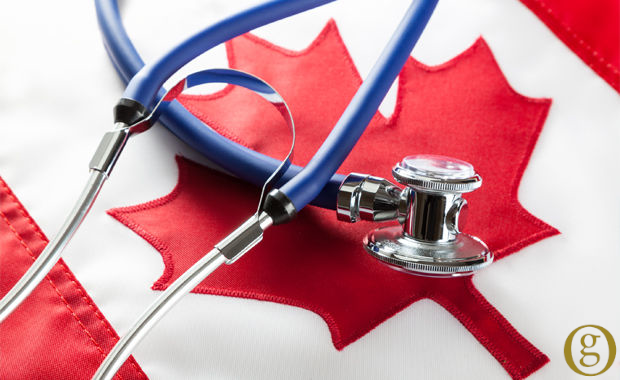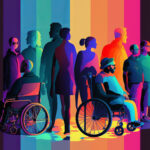In his January 2019 Interim Report, Dr. Rueben Devlin, the Chair of the Premier’s Council on Improving Healthcare, noted the impressive dedication of health care professionals but also expressed his concerns about overcrowding, wait times, equitable access to services, difficulties navigating the health care system, system capacity, technology and innovation and efficiency.
I’ve recently experienced Ontario’s health care system locally and in the downtown Toronto hospitals, and this is how my experience compared to Dr. Devlin’s observations.
First and foremost, I have to express my profound appreciation to all the people involved in my care. Without exception, the cleaning staff, support workers, nurses, physicians and specialists were professional, caring, compassionate, patient, friendly and supportive. Dr. Devlin is right to be impressed by these people, and whatever change is made to the health care system needs to respect their dedication and professionalism.
After several delays and the prospect of a long wait time for an MRI at my local hospital, I was able to connect UHN with my doctor and get an MRI in a week. The MRI did take place on a Monday at 4:00 AM but by that point I was willing to go anywhere at any time to get it done. This was my first exposure to the differences between local and ‘downtown Toronto’ service levels.
My second experience was the Emergency Department at Toronto Western. Again, great staff but the wait to be seen is interminable. Even when you know their need is greater than yours, it’s discouraging to see the ambulances roll in and know that you’re going to be bumped down the list by the new arrivals. A little more frustrating are those who use the ED for minor complaints and an immediate response. The homeless, mentally ill and addicted are people with their own special problems and needs that the health care system must take care of. Not an easy job being a downtown hospital.
Next, I encountered the dreaded hallway medicine. In fact, one of my bed spaces was labelled Hallway 1. Noisy, undignified and totally lacking in privacy. Not to mention how short and narrow those damn emergency beds are! On the other hand – the people! The nurse who brought me a heated blanket at 3:00 AM. The four doctors who stood in the hallway beside my bed conferring on the best course of treatment and discussing it with me in an open, compassionate and understandable way. The chatty orderly who wrapped me up and wheeled me to my room. This was a recurring theme in my experience – a challenging environment more than compensated for the quality of care and caring.
Once admitted, things progressed quickly and efficiently. A pleasant room, attentive nursing staff, a visit from a therapy dog and doctors coming by to educate me on what was coming up. The OR, recovery room, discharge and the second visit to the OR taught me simple lessons. First, avoid going to the hospital over the holidays and at the peak of flu season. As one nurse explained to me, hospitals are like a bathtub full to the brim at the best of times. Throw in a bunch more people and its water overflowing everywhere. Second, don’t even think about rest and sleep. Third, try to relax and let the good people take care of you. They will!
My transfer from Western through my local LHIN to the care of St. Elizabeth Healthcare was seamless. Again, the professionalism and the timeliness of care were impressive. At the same time, I was being treated by the wonderful people at Princess Margaret Cancer Centre. While the waiting rooms were full and the delays frequent, the doctors routinely stayed until late in the day to make sure that everyone was seen. Various tests, scans and procedures were scheduled with amazing efficiency. The upbeat, punctual and friendly care provided by the radiation treatment staff was astounding.
So what did I learn? First, it’s all about the people. Amazing people doing a terrific job in challenging circumstances. Secondly, capacity and geographic inequity are huge issues. The downtown hospitals definitely have the advantage in advanced care practices but pay the price in the relentless pressure of people seeking relief from their pain and suffering. Thirdly, communication between professionals is an issue. While cell phones are now ubiquitous, there were a number of times when clinicians just didn’t seem to be talking to each other. On the other hand, the patient portal was fantastic. A constant stream of emails to alert me to the time, location and reason for my appointments. The speed with which results were known and communicated was amazing. The array of medical technology available to diagnose and treat illness is absolutely overwhelming. While none of us likes to pay taxes, I can’t begin to express my gratitude for the money that was invested in medical technology. The ROI on my health care taxes far exceeds the return on my financial investments. Final thought. If you do get sick, the system works. Sometimes slowly, sometimes inefficiently, sometimes confusingly but it works. The health care people are there for you.






